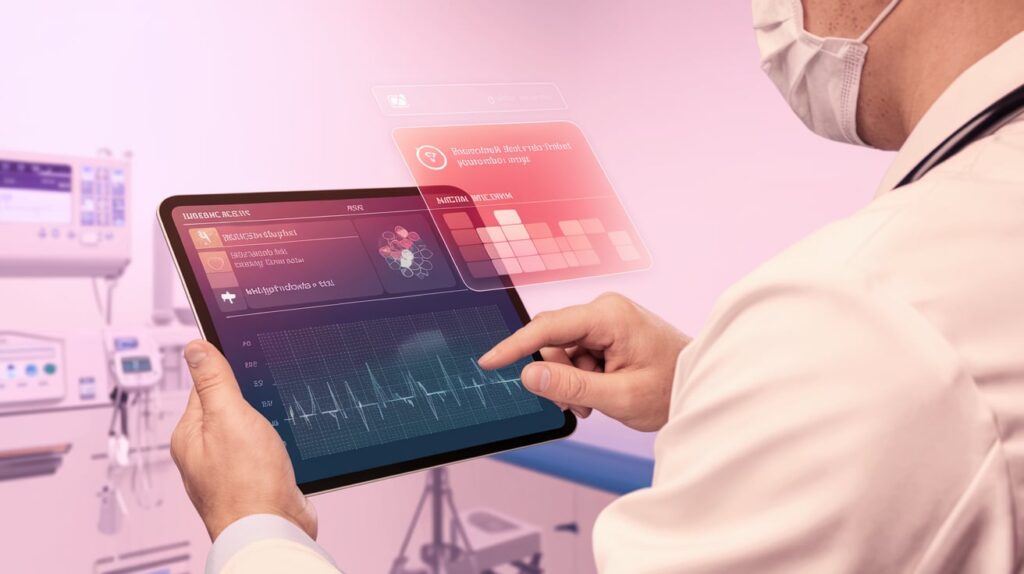A new study presented at ACC.25 and published in Circulation demonstrates a simple but effective way to ensure that more patients with severe aortic stenosis (AS) receive timely treatment: sending electronic alerts to clinicians when transthoracic echocardiogram (TTE) results show signs of severe AS.
Key Findings:
- The study tracked over 900 patients with severe AS, with 77% of patients aged 80 or older, and found that electronic alerts led to a 48.2% aortic valve replacement (AVR) rate, compared to 37.2% in the usual care group.
- For patients with confirmed symptomatic AS, the AVR rate was 60.7% for the alert group, versus 46.5% for the usual care group.
- Alerts were most effective for elderly patients, women, and those evaluated in an inpatient setting.
The researchers emphasize the effectiveness of electronic notifications in improving AVR rates, particularly in high-risk populations, helping to address the undertreatment of AS, which remains a widespread challenge in healthcare.
Follow MEDWIRE.AI for heart health and innovative care solutions.








